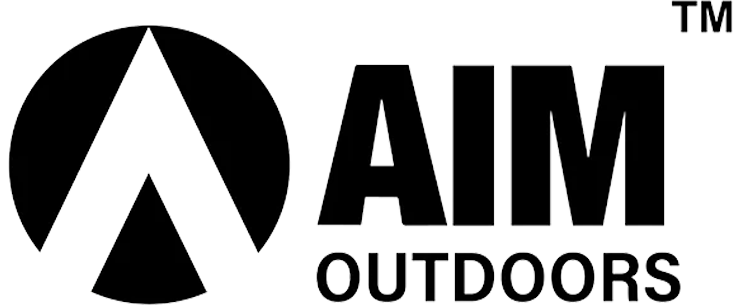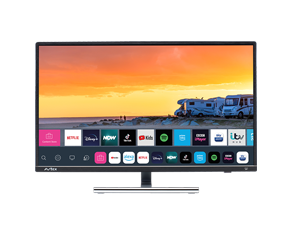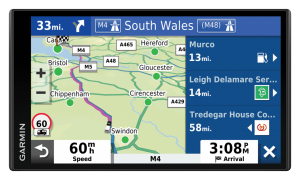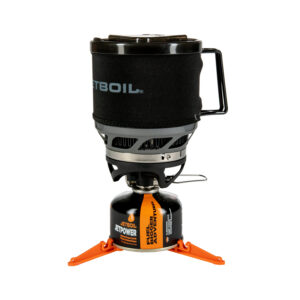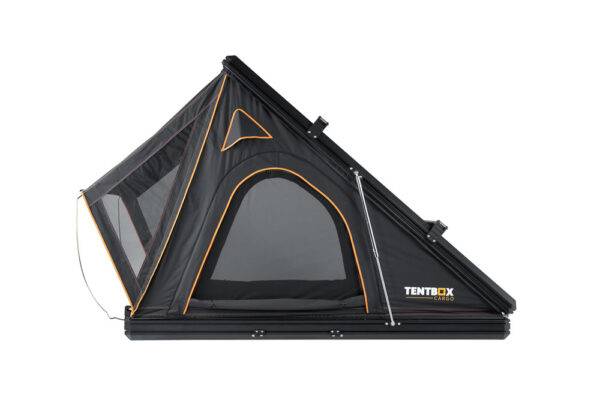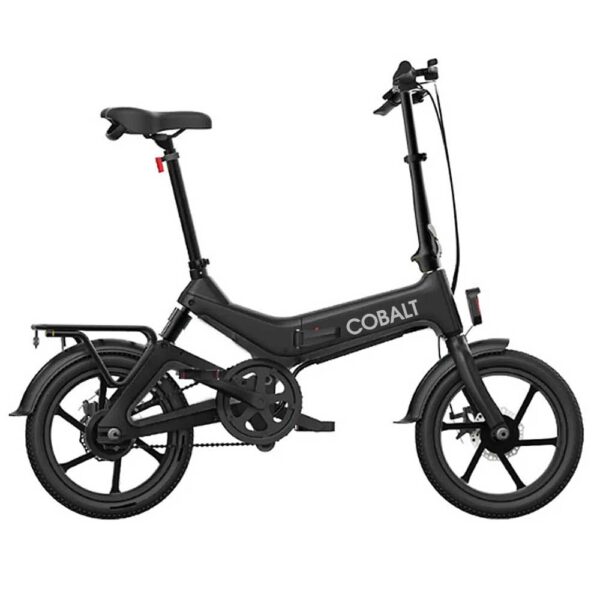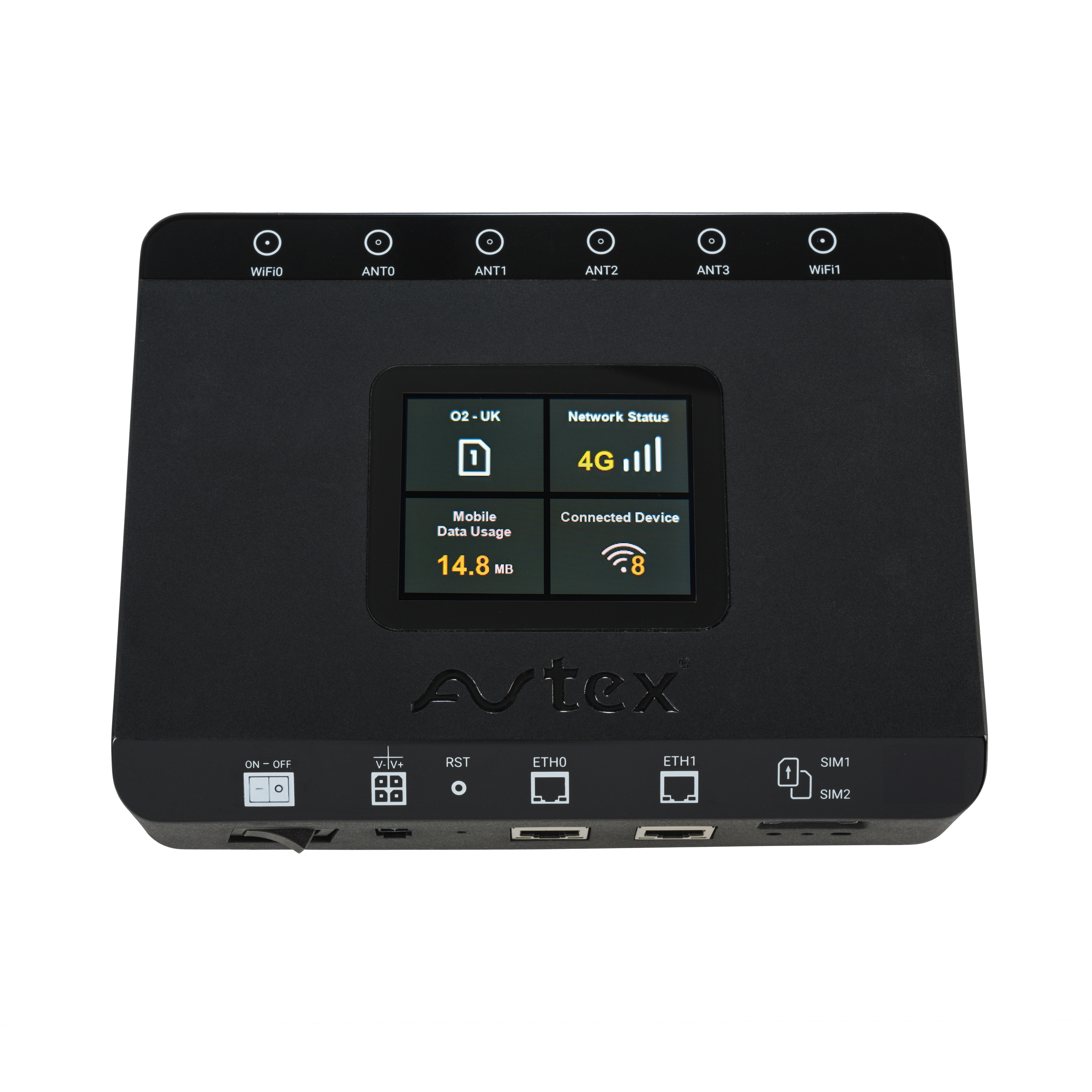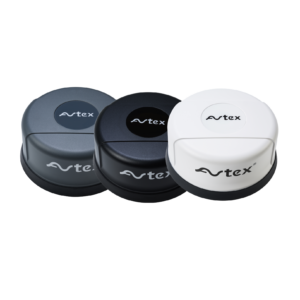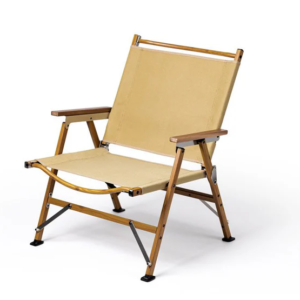FirePit+ How-To Guide: 10 Tips For The Best Burn
By BioLite
Editor’s Note: This post was updated 1/4/21 to reflect updates to the BioLite FirePit family of products. All instructions and tips are applicable to both the FirePit and FirePit+ models.
Using your FirePit+ correctly is the key to a great fire. This guide will show you how. Here’s what we’re looking at:
- Instructional Video
- Notes on Assembly
- FirePit+ Quick Hits: 10 Tips For The Best Burn
Instructional Video
Time Stamps if you want to jump to a specific section:
0:30 – Overview
2:18 – Startup
3:01 – ReFueling
3:41 – Cooking
4:42 – Shutdown & Packup
6:07 – Charging Out & Up
7:04 – Quick Troubleshooting
8:31 – App Appendix
This video is intended to be a supplement to the written instruction manual included with your FirePit+. Please read all directions carefully and thoroughly before first use.
Some Helpful Notes on Assembly
Handles: You’ll notice one handle is slightly larger than the other. The larger handle should be installed on the Airflow Pack side of the FirePit (the side where the metal body is solid and has a manifold, as opposed to the mesh side) – smaller handle goes on the mesh side. All you need is a screwdriver.
Fuel Rack: Place it in on an angle, one long side at a time, and it’ll pack in easily.
Grill Grate: You’ll notice one side has two nodes at the end – use that to “thread” the Grill Grate onto the body of the FirePit. This stabilizes it and makes it easy to cantilever if you need to re-open for fueling or want some indirect toasting.
Legs: The legs should pull out easily– make sure you see that the button joint at the leg has popped through, this lets you know it’s locked into place and stable for use.
FirePit+ Quick Hits: 10 Tips For A Better Burn
We know the instruction manual has a lot of content in it (you should still read through it once). Here’s our roundup of some of the most important stuff for you to know:
1. Always use FirePit+ Outside – And Be Mindful of The Ground Below. This bad boy burns hot. Use FirePit+ on concrete, sand, asphalt, gravel, brick, or packed dirt. If you’re looking to burn on a deck or lawn, we strongly recommend picking up the BioLite FireMat which helps radiate heat away from ground surfaces. If you want to use your own slab or some other heatproof barrier on a surface, you want a heatproof footprint that’s a minimum of 24” x 30” (and you do so at your own risk!). And while this FirePit+ burns with near smokeless efficiency, it’s still for outdoor use only.
2. Charge It Up. Make sure the Orange Airflow Pack on the side is fully charged. You can detach it easily from the FirePit+ body by pressing the grey square button on top of the Airflow Pack. Charge it up via microUSB. Press the Power Button on the side of the pack and the bottom LEDs will illuminate to let you know how full the battery is – 4 bars? You’re ready to burn.
3. Build Up That Base [IMPORTANT!] This step is SUPER important: a good fire starts with a good base, and YOU need to build that base. Throwing a giant log in with some fire starter isn’t going to do you any good. A little bit of patience in the beginning will set you up for a great fire for the entire night. Start with small pieces of kindling, fire starter, and LO Fan (first or second setting works), then work your way up to larger pieces; this builds a coal bed with high ambient temperatures which is *critical* to the combustion process; the high temps enable us to burn the smoke before it has a chance to escape the fire. Once you’ve got a base of smoldering coals going, you can add up to 3-4 pieces of standard firewood. Make sure there’s room to breathe and don’t go past the jets at the top of the burn chamber: if jets can’t reach the fuel, jets can’t make it smokeless.
- Pro Tip #1: If you start your night cooking over charcoal, BOOM, you’ve already got your coal bed: carefully lower the fuel rack using a heatproof utensil (the BioLite FirePoker is a great option) and you can skip the kindling and move to larger pieces of wood to get the campfire going.
- Pro Tip #2: Get to know TURBO. Your 4th fan setting is the TURBO setting and is designed to blast your fire with a big boost of oxygen – this most helpful for when you’ve got a roaring fire going and are looking to refuel with larger pieces of wood. TURBO is a boost which means it operates on an automatic 5 minute timer – after those 5 minutes, it’ll turn itself back down to HIGH. This is designed to save your battery and extend runtime (HIGH does a mighty fine job of providing a big, hot fire on its own).
4. Select Your Fuel, Select Your Level, Select Your Airflow. Looking to cook up a meal with some charcoal? Put the fuel rack on the upper level and fill’er up. Looking to get a roaring campfire going? Put the fuel rack on the lower level and build up your wood fuel base (see tip 3).
- Pro Tip: Want nice big flames? Use the first or second fan setting. Contrary to what you might think, the highest fan settings are going to create a really intense fire that puts out a lot of heat, but that requires the flames to essentially collapse on themselves in the process. Great for warmth or if you’re looking to expedite your fire, but if you want a nice long burn, go low and slow.
5. Heads Up For Wind. Our combustion science is based on carefully calibrated airflow. So when some crazy gusts of wind come by, that can briefly throw things off track and create some smoke. If you know you’re going to be in super windy conditions, try placing your FirePit in an area blocked from the wind or at the very least, placing FirePit’s side with the orange pack against the wind so it can help block uninvited airflow.
6. Mind the Ash-hole. Surprise! We’ve got a trap door in this fire pit. When you’re all done and shutdown, you can access a small opening located on the bottom of the FirePit to easily clean out ash safely into an ash pan or fire ring. Heads Up: if you still have a few coals, use tongs or the BioLite FirePoker to open the sliding door as it may still be very hot. When shutting down, NEVER pour water directly into the body of the stove. If you want to expedite shutdown, put the fan on highest setting. Always extinguish embers with water and bury or dispose of safely. And if you’re at the beach, never bury live embers – you can burn unsuspecting passersby who don’t know what you just buried.
7. It’s OK for Some Discoloring to Occur…Anytime you expose metal to high temperature fluctuations, you’re going to see a change in the color of the metal (just ask your old grill). That’s ok! If your fuel rack or grill grate darkens in color, that’s totally fine! It does not affect performance at all. You may notice the body of your FirePit looks a little muted after a long burn – chances are some fine ash is coating the mesh and all you need is a good wipe down with a rag to bring back that darker sheen.
- Care Tip: if you’re using the FirePit regularly as a grill, clean your grate with a wire brush to make sure it stays free of bits of food that stick after cooking and check the air jets to make sure they’re free of any gunk (it’s quite impressive where a piece of melted cheddar can end up).
8. …But Keep Your FirePit+ Dry For Optimal Appearance. Metal can handle temperature fluctuations but when you add water into the mix, this is where our nemesis, rust, can appear. Just like your bike chain, FirePit is not a fan of exposure to moisture: if you’re going to leave it outside, make sure it’s covered properly with your waterproof cover. If you get it wet for any reason during use, make sure you wipe it down and dry thoroughly before storing. A little bit of care goes a long way.
9. Smoke happens. Don’t Panic. Use Science. We say this in the video, and it bears repeating: FirePit is pretty magical, but it still abides by the laws of physics. Good news is, if you can sort out what’s going on, you can sort out the smoke:
- Smoky during startup? Ensure that you’re building that coal bed gradually so temperatures can RIIIIISE – if you introduce wet fuel or large fuel right at the beginning, that’s going to drop the overall temperature, throwing Fire Triangle off balance (Fuel – Temperature – Oxygen). If you’re using fuel with a lot of bark, remove the bark and use the inner wood (bark can contain a lot of sap and moisture). And don’t use leaves for fire starter! That’ll just smoke.
- Smoke coming out of the end cap? Check to make sure no log is touching the metal directly – if it is, it’s snuffing out the edge of the log which is creating smoke. Move it back ever so slightly and you’ll see the smoke disappear.
- Smoky while refueling? Make sure that a) there are gaps between logs so the oxygen can reach the fire, b) logs are NOT laying completely flat against each other b) logs are NOT extending beyond the burn chamber, and c) no wet fuel is going into the fire. Stoke it a bit to ensure your fire can breathe and you can turn it to TURBO for a quick boost to help your fuel catch.
10. Connecting with the App? Make Sure Everybody’s Talking to Each Other. The first time you connect with the Bluetooth app, you gotta wake everyone up and make sure your devices are ready to connect. Ensure your phone’s bluetooth is on (depends on the model, but often you can swipe up to shortcuts and tap Bluetooth ON) and then press the Airflow Pack ONCE which will activate your FirePit without turning on the fan (The battery LEDs will turn on). Then you can open up the BioLite app and connect from there.
Bonus Tip: Expand your FirePit+ potential with our new lineup of accessories and tools
Yeah, this one is a shameless plug, but breakfast is at stake here: check out our new range of FirePit+ Gear that enables you get more ambitious with your cooking. Buy four or more FirePit+ items, and a discount will be automatically applied to your cart.

We hope you have a great time outside with your FirePit+. Snap a photo and tag us on Instagram (@aim_outdoors) and you could be featured or even win some free gear — we love seeing those flames in the wild.
Shop products from this article
£75.00Add to cart
Test 2
£25.00Add to cart
Test 1
£299.99Add to cart
Avtex R104X Router
£199.99Select options
Avtex LG55AN Antenna
£399.99Select options
£100.00Add to cart
